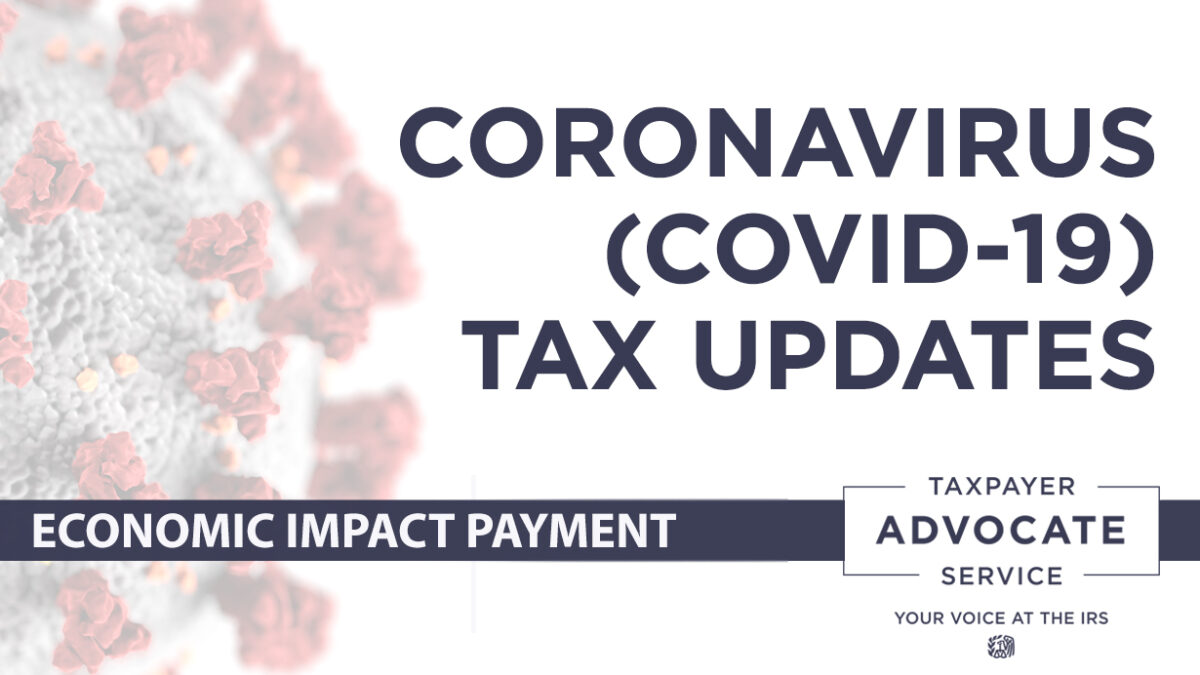

The IRS began delivering a second round of Economic Impact Payments (EIP 2) as part of the Coronavirus Response and Relief Supplemental Appropriations Act of 2021 to millions of Americans.
No action is required by eligible individuals to receive this second payment, as the payments are automatic.
As with the first round of payments issued under the Coronavirus Aid, Relief, and Economic Security (CARES) Act, most recipients will receive these payments by direct deposit. For Social Security and other beneficiaries who received the first round of payments via Direct Express, they will receive this second payment the same way. Anyone who received the first round of payments earlier this year but doesn’t receive a payment via direct deposit will generally receive a check or, in some instances, a debit card.
Generally, if you have adjusted gross income (AGI) for 2019 up to $75,000 for single individuals and up to $150,000 for married couples filing joint returns and surviving spouses, you will receive the full amount of the second payment. For filers with income above those amounts, the payment amount is reduced by 5% of the amount by which your AGI exceeds the applicable threshold above.
The second round of payments, or “EIP 2,” is up to $600 for single taxpayers and up to $1,200 for married couples filing a joint return. In addition, those with qualifying children will also receive up to $600 for each qualifying child. Dependents who are 17 and older are not eligible for the child payment.
Some Americans may see the direct deposit payments as pending or as provisional payments in their accounts before the official payment date of January 4, 2021. Payments are automatic and you should not contact your financial institution with questions about payment timing. Paper checks began to be mailed out on December 30. The current round of stimulus payments should be completed by Jan. 15, according to the bill’s text.
Taxpayers can use the IRS’s Get My Payment tool, in English or Spanish, to see payment information.
Get My Payment will let you confirm:
Note: Data is updated once per day overnight, so there’s no need to check back more than once per day.
IRS phone assistors and the Taxpayer Advocate Service do not have additional information beyond what’s available on IRS.gov and in the Get My Payment application.
Eligible individuals who did not receive an Economic Impact Payment – either the first or the second payment – will be able to claim a Recovery Rebate Credit (RRC) when they file their 2020 tax returns in 2021. People will see the EIPs referred to as the RRC on Form 1040 or Form 1040-SR since the EIPs are an advance payment of the RRC.
Please note that the new tax law provision now allows families to receive payments for the taxpayers and qualifying children of the family who have work-eligible Social Security Numbers (SSNs). If you file jointly with your spouse and only one individual has a valid SSN, the spouse with a valid SSN will receive up to a $600 payment and up to $600 for each qualifying child claimed on the 2019 tax return. However, if neither has a valid SSN, no payment will be allowed even if their qualifying child has a valid SSN. People in this group who don’t receive an EIP, can claim an RRC when they file their 2020 tax returns.